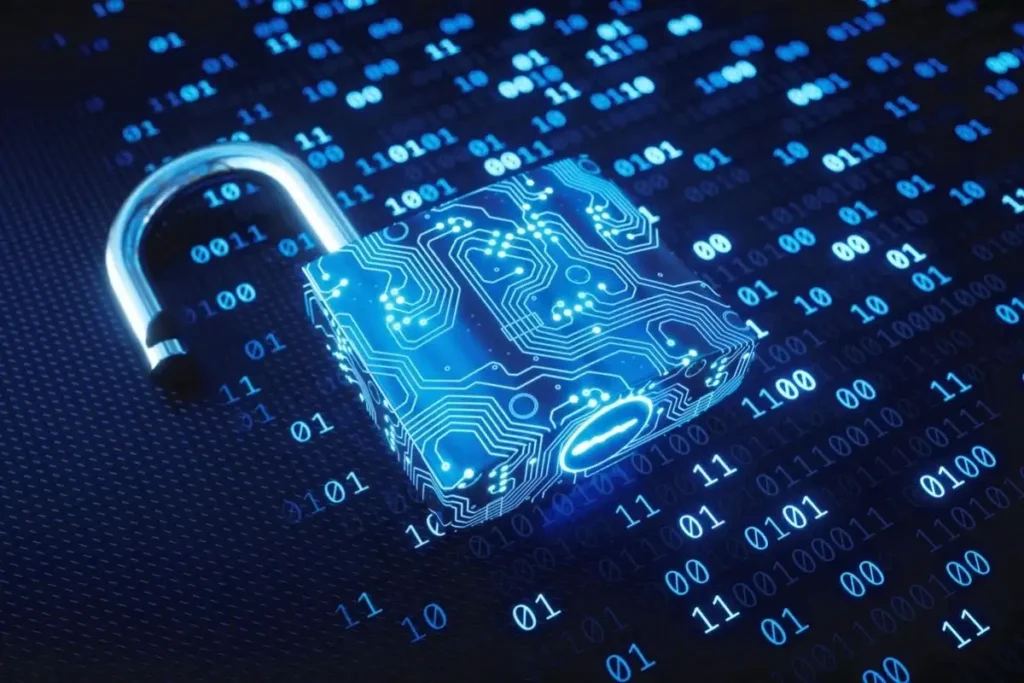
In today’s hyper-connected healthcare landscape, protecting patient data is not just a compliance requirement—it’s a moral imperative. With the rise in digital health records, telemedicine, and interconnected medical devices, healthcare organizations are prime targets for cybercriminals. To defend against these growing threats, many are turning to Network Detection and Response (NDR) solutions. These platforms offer deep visibility into network activity, enabling proactive threat detection and rapid incident response.
In this article, we explore how healthcare organizations leverage NDR to protect patient data, ensure regulatory compliance, and maintain trust with patients.
The Growing Cyber Risk in Healthcare
Healthcare data is a goldmine for attackers. Medical records are more valuable on the dark web than credit card numbers because they contain comprehensive personal, medical, and financial details. As a result, the sector faces unique threats, including:
-
Ransomware attacks that shut down hospitals and lock patient records.
-
Data breaches that expose protected health information (PHI).
-
Insider threats from employees misusing access privileges.
-
Advanced persistent threats (APTs) targeting research institutions and medical device manufacturers.
According to IBM’s 2024 Cost of a Data Breach Report, the average cost of a healthcare data breach exceeded $10 million—the highest among all industries.
Why Traditional Security Tools Fall Short
While many healthcare providers rely on firewalls, endpoint detection, and SIEM systems, these tools often lack the real-time network visibility needed to detect lateral movement, encrypted threats, or anomalies in east-west traffic within hospital networks.
For example:
-
Firewalls may not detect internal threats or policy evasion.
-
SIEMs rely heavily on log data, which can be noisy or incomplete.
-
EDR focuses on endpoints, but can’t always monitor legacy systems, IoT devices, or unmanaged clinical assets.
This is where NDR plays a vital role.
What Is Network Detection and Response (NDR)?
NDR is a security technology that uses machine learning, behavioral analytics, and threat intelligence to continuously monitor network traffic. It provides deep visibility into all devices and communications—whether they’re on-premises, in the cloud, or hybrid environments.
Key capabilities include:
-
Real-time anomaly detection
-
Encrypted traffic analysis
-
Threat hunting and forensic investigations
-
Automated response and alerting
-
East-west traffic visibility
How NDR Helps Healthcare Protect Patient Data
1. Detects Unusual Network Behavior
NDR solutions baseline normal network activity and detect deviations that may indicate compromise. For example, if a nurse’s workstation suddenly starts communicating with a radiology server it’s never accessed before, NDR will flag this anomaly.
This is crucial in identifying early signs of:
-
Malware or ransomware lateral movement
-
Unauthorized access attempts
-
Compromised medical IoT devices
2. Secures Medical IoT and Legacy Systems
Many hospitals still use legacy medical devices that can’t support modern endpoint protection. NDR passively monitors network traffic from these devices without requiring an agent, ensuring they aren’t blind spots in the security architecture.
This helps identify:
-
Insecure protocols (e.g., Telnet, FTP)
-
Unusual data transfers from infusion pumps or imaging devices
-
Rogue or shadow IT devices on the network
3. Improves Incident Response Times
When a threat is detected, every second counts. NDR platforms provide context-rich alerts with packet-level evidence, allowing security teams to investigate and respond faster.
With integrated playbooks and automation, teams can:
-
Isolate affected devices
-
Correlate alerts with threat intelligence
-
Reconstruct attack timelines for post-breach analysis
4. Supports HIPAA and Regulatory Compliance
NDR supports compliance with HIPAA, HITECH, and other data protection regulations by enabling:
-
Audit trails of network activity
-
Access control monitoring
-
Data loss prevention (DLP) capabilities
-
Real-time alerting on unauthorized PHI access
Documentation from NDR platforms can be used to demonstrate due diligence during audits and investigations.
5. Enhances Zero Trust Architectures
NDR fits naturally into a Zero Trust model by continuously verifying trust within the network. It detects lateral movement, credential misuse, and device spoofing—even if attackers bypass perimeter defenses.
For example, NDR can:
-
Validate device identities and expected behaviors
-
Monitor microsegmentation policies
-
Alert when credentials are used from unusual IPs or regions
Case Study: NDR in a Large Hospital Network
A regional health system with 30+ facilities implemented NDR to improve visibility and reduce dwell time. Within weeks of deployment, the platform identified:
-
Lateral movement from a compromised user account
-
Unencrypted PHI transmissions from a legacy system
-
Malware communicating with an external C2 server
The security team was able to isolate the threat, block the traffic, and remediate the system—all before any patient data was exfiltrated.
Best Practices for Implementing NDR in Healthcare
-
Conduct a network asset inventory to understand what needs to be monitored.
-
Deploy sensors in key network segments—especially where patient data is stored or transmitted.
-
Integrate NDR with SIEM, SOAR, and EDR tools for a unified threat response.
-
Establish playbooks for responding to alerts and anomalies.
-
Train staff on interpreting NDR data and investigating incidents effectively.
Looking Ahead: AI and the Future of NDR in Healthcare
As cyber threats grow in sophistication, the future of NDR lies in AI-driven analytics, deep learning, and autonomous response. These technologies will enable healthcare organizations to:
-
Predict attacks based on behavioral trends
-
Automatically quarantine infected devices
-
Improve forensic capabilities for post-breach analysis
Additionally, NDR solutions are beginning to incorporate cloud-native capabilities to monitor SaaS applications, patient portals, and telehealth platforms—expanding visibility beyond on-premises networks.
Final Thoughts
Patient trust is the foundation of healthcare. A single data breach can not only harm individuals but also erode institutional credibility. By implementing robust NDR solutions, healthcare organizations can strengthen their cyber defenses, protect sensitive patient data, and ensure continuity of care in an increasingly digital world.
As the saying goes: You can’t protect what you can’t see. NDR gives healthcare the visibility it needs to stay secure in a high-stakes environment.





